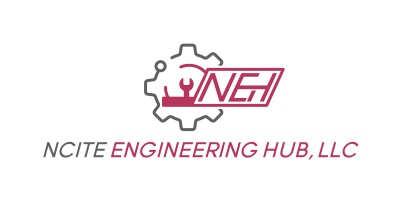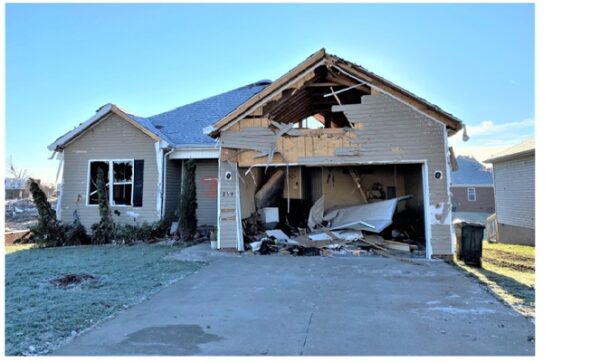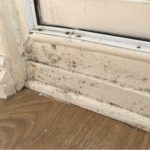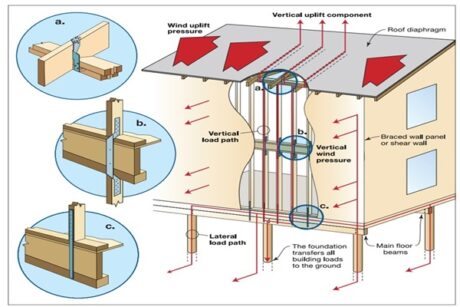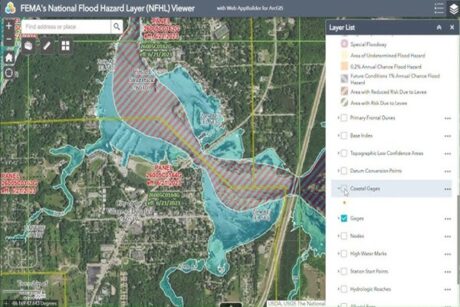- Course No E – 3011
- PDH Units: 2
No data found for Custom Course Number
No data found for Custom Course Units
Intended Audience: for c=Civil engineers, Structure Engineers and Forensic structural engineers
PDH UNITS: = 2
The intent and objective of this course is to provide licensed design professional, practicing structural engineers, forensic structural engineers, consulting engineers, building officials, educators, students or/and a licensed general contractor a brief overview of building envelope and load path improvements to reduce damage to wood-framed, one- and two-family residential buildings when impacted by windstorms and tornadoes. This technical course presents guidance on improving windstorm and tornado resilience for these buildings. The information in this course can be applied to new construction or to the retrofit of existing residential structures in tornado-prone regions of the United States. Unfortunately, there are not a sufficient number of references dealing with this topic, so the course was designed to be an important guide for the structural engineers working in this field.
The purpose of this fact sheet is to provide a brief overview of building envelope and load path improvements to reduce damage to wood-framed, one- and two-family residential structures when impacted by tornadoes rated on the Enhanced Fujita (EF) Scale as EF2 or less intensity, and indirectly by tornadoes with a greater EF rating. The intensity of a tornado is determined based on wind speed estimates derived from the observed damage in its aftermath. The current classification of tornado damage is defined using the Enhanced Fujita (EF) Scale, The EF scale ranges from EF-0 (weakest) to EF-5 (strongest) see to Figure 3.
Utilizing higher rated building envelope materials, providing opening protection, and improving the load path and connections can reduce the common types of tornado damage to one- and two-family residential structures, as shown in Figure 1. These mitigation measures will also provide enhanced building performance in other types of windstorms, such as severe thunderstorms.
Learning Objectives
At the successful conclusion of this course, you’ll be able to identify and discuss:-
Getting a broad sense of how building performance has improved during high-wind occurrences
-
Gaining a general overview of the building envelope improvements
-
Getting a broad idea of how to lessen wind damage to roof coverings and enhance their functionality
- Gaining a general overview of the roof sheathing’s performance during high-wind events & improving their performance
- Gaining a general overview of the wind loads on solar panels & and enhancing their performance
-
Gaining a general overview of the exterior wall coverings damaged by high winds & exterior wall coverings damaged by high winds & improvement its performance
-
Gaining a general overview of the repairing windows and doors that were damaged by strong winds and enhancing its functionality
-
Gaining a general overview of the improvement the performance of the garage doors against high winds
-
Gaining a general overview of the damage and poor performance of soffits during high-wind events & how to improve its performance
- Gaining a general overview of the importance of the adequate continuous load path in the building to avoid the failure
-
Gaining a general overview of the roof-to-wall connectors
-
Gaining a general overview of the sill plate attachment
-
Gaining a general overview of the shear wall hold down anchors
-
Gaining a general overview of the wall sheathing
-
Gaining a general overview of the wall above to wall below connections
-
Gaining a general overview of the gable wall bracing
Once completed, your order and certificate of completion will be available in your profile when you’re logged in to the site.

